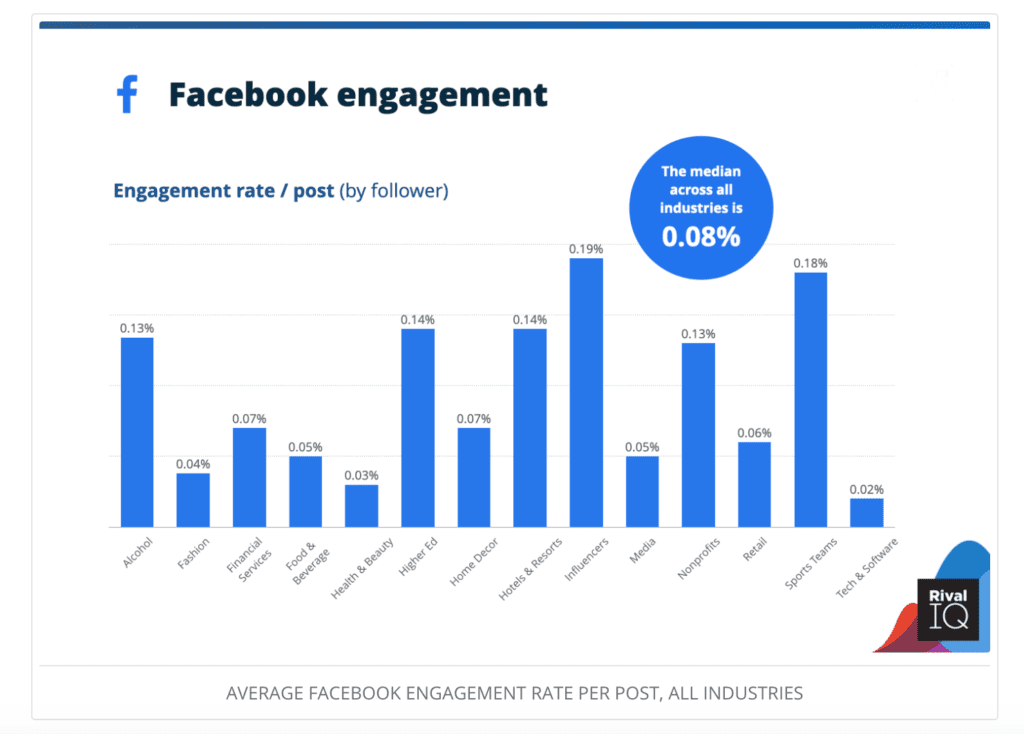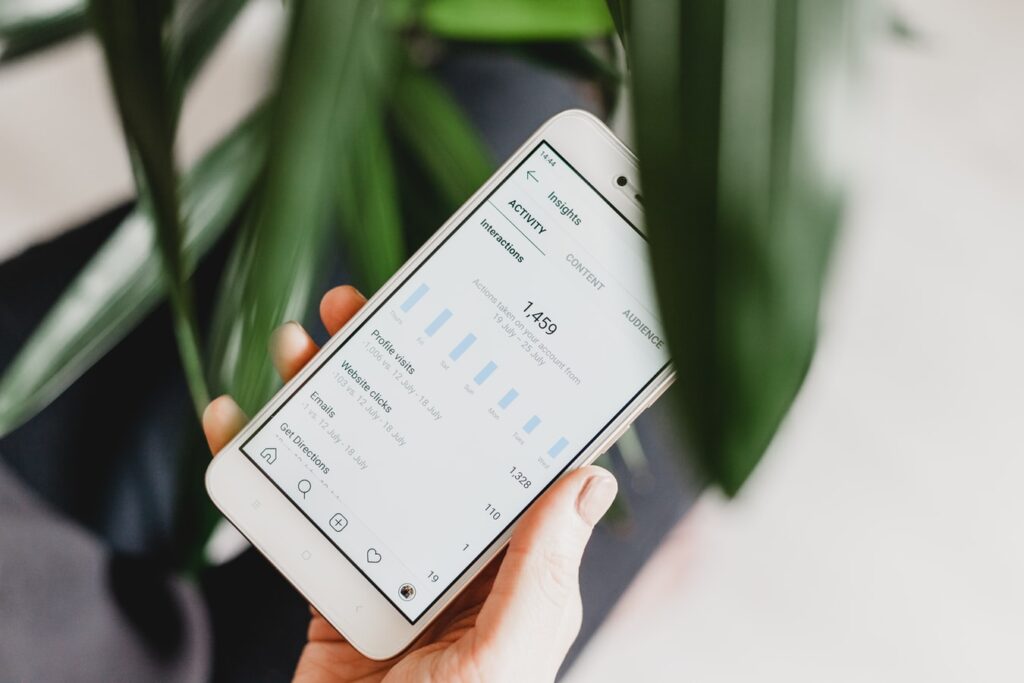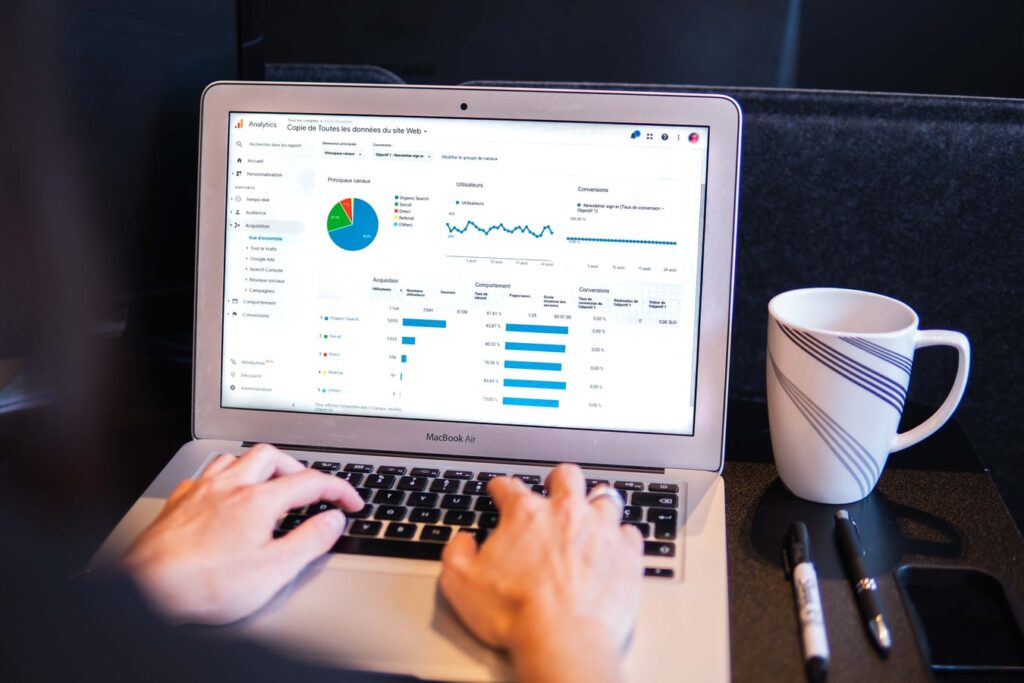All digital marketing should be measured. Why, may you ask? Social media (one of the many digital marketing channels) offers unprecedented control over every penny of your marketing budget, something that didn’t exist before the rise of Google Ads and social media. If you’re not measuring your digital marketing efforts, you won’t understand what is working well and which areas you can focus on for that extra bit of attention. If you are not aware of what is going on in your social media and how to measure social media success, you may run the risk of wasting your time and resources.

When it comes to measuring social media success, the best way to get started is to match your business goals with the social media metrics that count. First, decide what you are trying to achieve through your social channels. This will guide you towards the right metrics to watch.
First, you need to make yourself familiar with the two ways of measuring social media performance. There are ongoing analytics and campaign focused metrics. Ongoing analytics track your efforts over time and keep a bird’s eye view of the general success of your social media. The campaign focused metrics track success over a specific period and have a clear beginning and end. They focus on one campaign at a time and the goals may vary in each campaign.
Successful social media measurement usually has a combination of both ongoing and campaign focused metrics and in this blog, we will take you through the best ways to measure them. Let’s jump in with the easiest, and most important, way to measure your social media success.
Engagement is by far the most important metric on how to measure social media success. It shows immediate success and can be used to measure both ongoing analytics and campaign-focused metrics. It’s used to measure how engaged your audience is and how they are interacting with your brand and content.
Engagement is measured by the actions taken on your content, how the audience interacts and the frequency. Your engagement should give you a clear indication of the kind of relationship you are building with your audience. The higher the engagement means your audience is building brand awareness and the kind of content you are putting out is adding value.
The most common metrics to measure engagement are:
A recent interesting article by Rival IQ has listed the average engagement across a variety of industries. This article gives you a good benchmark of where your social media engagement should be and how to maintain your engagement. Think of your engagement as a snowball effect. The more engagement your content receives, the higher your brand awareness will be.

Awareness is an important way to measure social media success, especially if your goal to increase brand awareness and try to tap into a new audience. The two metrics that can be used to track awareness are impressions and reach.
Impressions are the number of times your content was shown to an audience, regardless of if there was any engagement. Reach is the number of people who have seen your content and gives a good indication of your potential audience size. The higher the reach, the more people resonate with your content and brand.

Reach measures just how far your content has spread across social media and is calculated every time it appears on someone’s feed, even if they aren’t following your brand. It can come in three different forms:
If you are wanting to educate your audience about your brand and build brand awareness, reach and impressions are important metrics to focus on. Keeping a close eye on these numbers helps you to pay attention to the content that was interesting enough for the audience to act on.
How much conversation is there about your brand? The number of people talking about you or to you is a good indication of how successful your social media strategy is. You shouldn’t only be measuring how many people are talking about your business online, but how many people are chatting to you directly. The busier the inbox, the better.

This is a good social media measure to use once you’ve established brand awareness and you are starting to get the audience to the next phase of the sales funnel. We advise using this measure if your goal is to generate leads and conversions.
The metrics used to measure if your audience is talking about and to you are:
If there is no conversation about your brand or to you directly, chances are it might be time to rethink your content strategy towards something your audience wants to engage with. Improving this conversation goes hand in hand with the strength of your digital marketing strategy as a whole. If your marketing strategy isn’t powerful and aimed at the wrong audience, your followers aren’t going to trust what you have to say and will result in little to no conversation about your brand.
The end goal of any digital marketing campaign is a return on investment. For many businesses, the majority of that return is made through your website. If you have a clear call to action to click through to your website, the amount of traffic that reaches your website is a good way to measure how successful your social media is.
The metrics to measure traffic to your website include:

It’s also important to track what exactly they do once they are on your site, so you know the areas that may need improvement or a retargeting strategy. We highly recommend using a tracking tool on your website. This is vital to identify the overall success of not only your social media but your business to.
If you have Google Analytics set up on your website, and you should, you look for this metric under your acquisitions. Head over to the traffic tab, click on “channels” and then social network. Here you will find all the details you need from the different social media platforms.

With the abundance of social media metrics available to use, it’s vital to identify the essential ones for your social media strategy overall business goals. No matter which metrics you decide on, our most valuable piece of advice would be to check on your social media metrics regularly. This will help you measure campaigns efficiently, recycle high-performing content and will allow any rooms for improvement for the next time around.
If all of this sounds like something you need for your small business but you’re unsure where to start, speak to one of our consultants to help you get there.